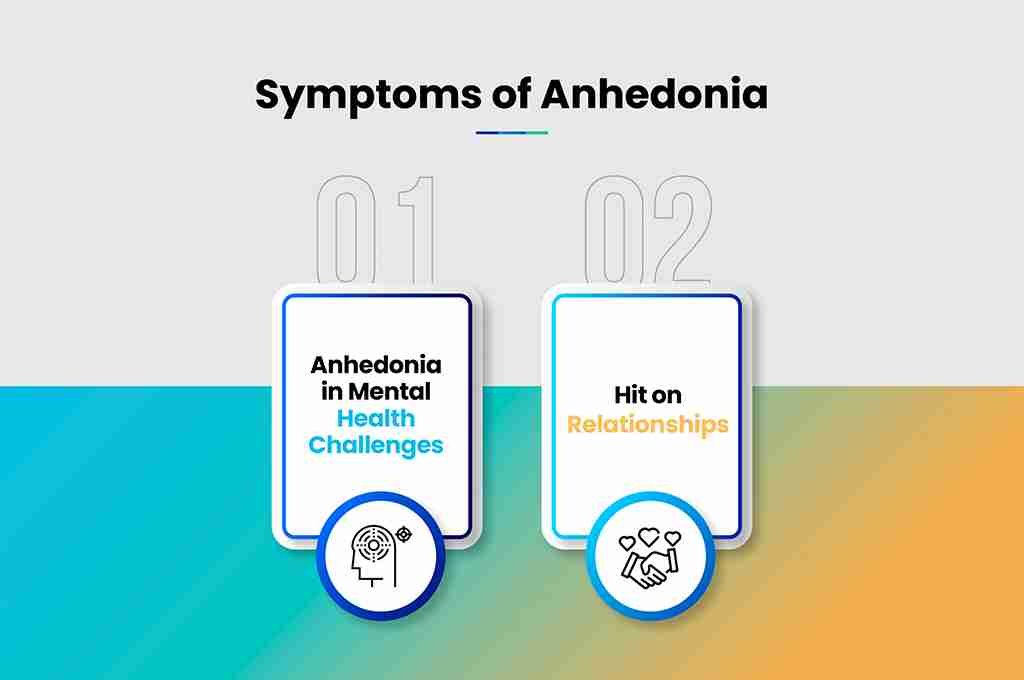Navigating Change: Expert Tips on Transitioning Kids with Autism
ABA TherapyJuly 17, 2025

Strategies for Smooth Transitions
Helping kids with autism switch between activities or places can be challenging, but with some nifty tricks, it can be a breeze. Take countdowns and timers, sprinkle in a bit of choice, and watch the magic happen.
Countdowns and Timers
Who knew a little ticking could work wonders? Timers are like silent heroes. They give off clear cues to let kids know what's coming next. No surprises here! Just a clear heads-up when it's time to wrap up one thing and roll onto the next. This predictability can ease any jitters and make changes less intimidating, making the whole process less stressful for everyone involved.
Adding these countdown gems to everyday plans can be a game-changer. They give kids a grip on time, making transitions feel safer and more natural, like clockwork. It's all about creating comfort and calm as they move along.
Providing Choices and Autonomy
Now, who doesn’t love picking the next fun thing to do? Giving kids some say-so can work wonders in the transition department. When they have a hand in deciding what comes next, their cooperation levels skyrocket. Magic? Maybe a little.
Throwing a couple of choices into the mix—like picking between two favorite activities or deciding which task goes first—adds a tiny bit of control. This involvement can make them feel more excited and willing to jump into the transition dance.
Using both timers and giving choices helps in crafting a supportive space where kids can feel secure. It's like creating a roadmap that reduces anxiety and leads to easier, smoother shifts. Kids get some control, transitions get manageable, and everyone breathes a bit easier. Wouldn’t you agree?
Transition Rituals
Transition rituals help kids with autism handle changes in their daily routine. Two ways to make these transitions smoother are focusing on sensory comfort and using good communication.
Supporting Sensory Comfort
Making sure kids feel comfy, especially those with autism, is super important during transitions. Allowing them to make choices helps, kind of like giving them some control over what's happening (Speech Improvement Center).
Things like weighted blankets or sensory toys can really soothe kids who might get overwhelmed. Keeping the place calm and without too much noise or chaos makes it easier for them to handle changes without feeling too stressed out (Speech Improvement Center).
Effective Communication Strategies
Talking in ways that kids with autism can understand is really important during these times. Breaking things down into smaller parts helps them manage tasks better (Applied ABC). Simple steps, schedules, and stories that show what's going to happen can make transitions simpler.
It's also helpful to let them hang out and do stuff with other kids. Games and projects with their peers can boost their social skills and make them feel more welcome when things are changing.
Being able to spot when a kid is getting anxious or upset is a big deal. Looking for changes like a foot tapping or heavier breathing helps adults step in before things get tough. Using clear communication that makes everything feel less confusing is what helps kids with autism during transitions, making them feel safer and more prepared.
ABA Techniques for Transitioning

Helping kids with autism tackle changes in activity, Applied Behavior Analysis (ABA) is a game-changer. Two tricks up its sleeve that work wonders are positive reinforcement and task breakdown with a little nudging.
Positive Reinforcement
A key part of ABA, positive reinforcement, gives a big boost during those tricky times when children with autism face change. It's all about dishing out some love, like high-fives, favorite toys, or just a good ol' "well done!" right after they nail it. This creates a feel-good factor and, before you know it, doing things right becomes a habit.
For instance, in the midst of moving from one activity to another, a little "Well done!" or promising an extra ten minutes with a favored toy, makes the shift less of a tussle and more of a breeze.
Task Analysis and Prompting
Task analysis is like slicing a big job into snack-sized bits, making it less overwhelming (Applied ABC). For kids with autism, tackling transitions step-by-step helps them see progress and feel like champs with every little win.
Add in prompting, and you've got a magical combo. At first, kids might need a gentle nudge or more clear directions, but the cool part is the gradual fade out. Over time, they learn to take the wheel themselves and handle transitions without a hitch.
While using ABA for transitions, homing in on self-management, talking more, getting used to new stuff, and hanging out with others will fast track success. These skills make any change less like climbing Everest and more like a fun stroll. By blending positive reinforcement with step-by-step prompts, anyone involved with kids with autism can empower them to handle change with calm and confidence.
To dig deeper into how ABA can make transitions smoother for kids with autism, check resources like (ScienceDirect) that offer tried-and-true strategies to amp up positive vibes and outcomes for ABA therapy.
Role of Educators and Caregivers
For kids with autism, transitions can feel like trying to navigate a maze blindfolded. That’s where educators and caregivers step in—they turn on the lights, showing these kids the way when using ABA (Applied Behavior Analysis) techniques. Having the right training and working as a team makes that journey a whole lot smoother.
Importance of Training
Picture stepping into a kitchen without knowing a spatula from a whisk. Chaos, right? That's why those working with autistic children—teachers, caregivers, therapists—need to get skilled up in ABA techniques. These training sessions aren't just lessons; they're about picking up tools for the trade. A solid grounding in ABA helps them make environments less chaotic and more structured.
In these programs, they learn the magic of analyzing behavior, using positive reinforcement, and mastering the art of communication. Those who are ABA-savvy make transitions less like stepping into the unknown and more like an adventure. Skills like these help kids self-manage their behavior, find their voice, and get better at adapting to changes. It’s about investment in learning to forever change the game for children with autism.
Latest Research and Future Insights
Ever heard the saying, "It takes a village"? Here, that means educators, caregivers, therapists—you name it—put their heads together like one big, happy team. They come together to craft plans that aren't cookie-cutter, that respect each child’s quirks and needs. With a team approach, you get plans that not only check all the boxes but also analyze the many hurdles along the way.
By having conversations, sharing ideas, and making decisions together, these pros create a support network stronger than a Wi-Fi signal at a coffee shop. Sharing knowledge means gearing up for smoother transitions, where kids learn to chat like pros and adapt like chameleons (ScienceDirect). This team effort not only supports smooth transitions but also boosts the overall growth and happiness of those special kids.
Read More: Revolutionizing Autism Treatment: ABA & Neuroscience
